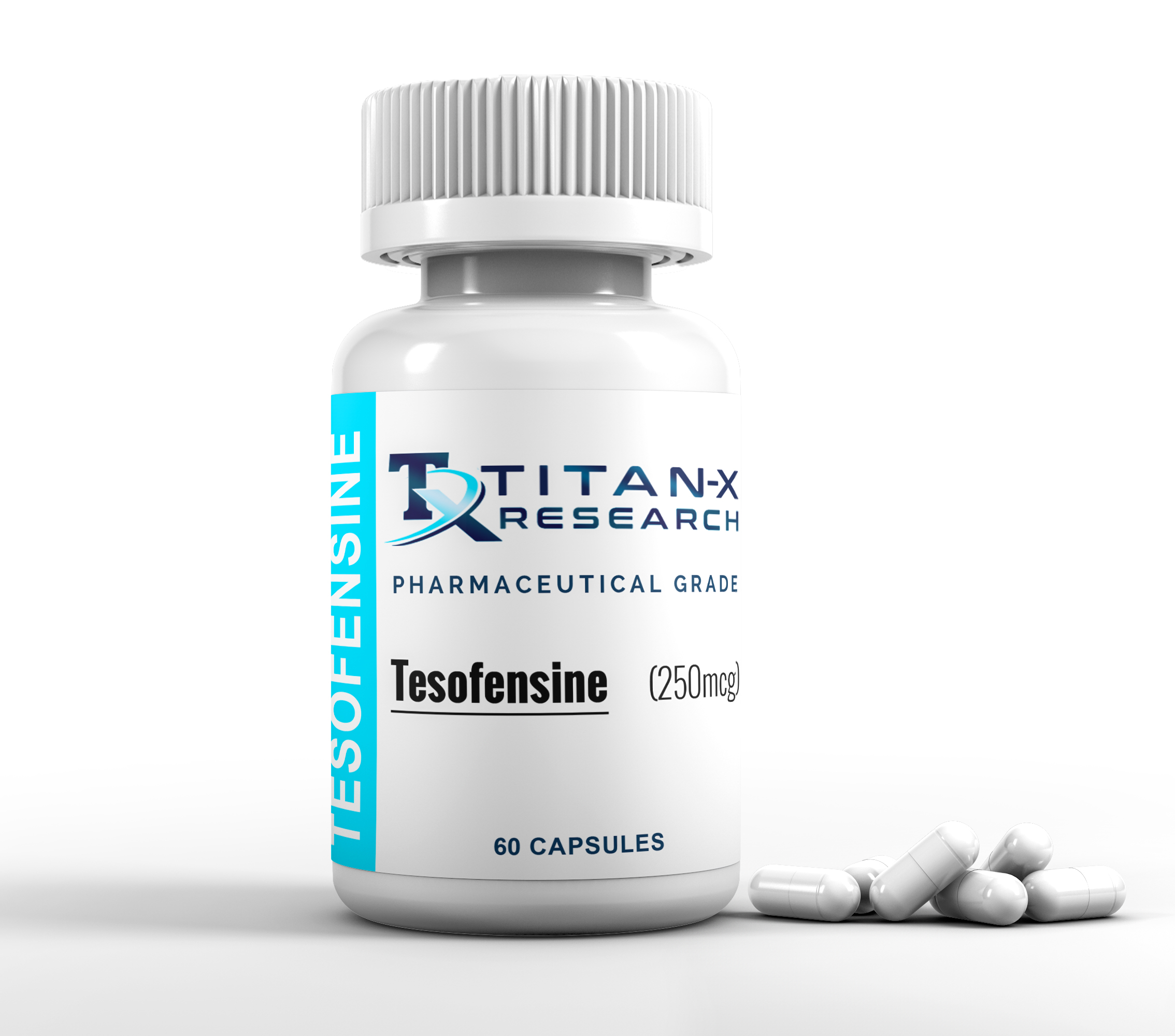
September 5, 2024
Anti-obesity Medicine Exploration: Advances And Obstacles Nature Examines Drug Discovery

- After an initial eight-week washout period, individuals proceeding with 0.5 mg tesofensine attained a total mean fat burning of 13-- 14kg at 24 weeks.
- Next-generation multi-omics have supplied some novel targets, but, generally, swiftly developing allowing innovations have actually been more useful in identifying preclinical system of activity than in exploration of scientifically effective medicine candidates.
- From 1967-- 1968,. the prevalenceof primary lung high blood pressure was 20-fold higher than it remained in the periodfrom 1955-- 1966 in those countries.
- Diethylpropion is the preferred amphetamine-relatedanti-obesity drug in Brazil, as phentermine remains in the United States.Diethylpropion is to be made use of with caution listed below the age of 12 years and inpeople with epilepsy because of the initiation of seizures in people withepilepsy.
- Consequently, the development of mitochondria-specific and safer uncoupling representatives suitable for human use could yet cause an effective and separated approach to dealing with these diseases263.
- Recent developments, consisting of enhanced understanding of the molecular intestine-- mind communication, are motivating the pursuit of next-generation AOMs that show up efficient in securely attaining sizeable and continual body weight-loss.
Currently Approved Anti-obesity Drugs For Long-term Use
Aminorex was amodification of the phenylethylamine backbone that increased the launch ofnorepinephrine in the main nervous system and minimized cravings [10] From 1967-- 1968,. the prevalenceof key lung hypertension was 20-fold more than it remained in the periodfrom 1955-- 1966 in those countries. Aminorex was removed from the marketin 1968 due to its association with primary pulmonary hypertension and by 1972the frequency of primary pulmonary hypertension had fallen to the degree priorto the launch of aminorex [11] Thesymptoms of dyspnea, syncope and chest pain fell back sometimes, but up tohalf of the people exposed were dead by 1980 [10] It was this experience that animated theobesity community to the risk of primary lung high blood pressure withanti-obesity medications.What is the future of excessive weight?
By 2030, virtually half of U.S. adults will certainly be obese, including the almost 1 in 4 that will certainly have extreme weight problems. The obesity price will exceed 50% in 29 states.

Forward Wins Grant From Christopher & Dana Reeve Structure To Development Bci Research Study
While this research study was conducted on animals, the results are guaranteeing for possible human https://us-southeast-1.linodeobjects.com/pharma-marketing-strategies/Next-generation-biologics/product-distribution/struggling-to-accomplish-fat-burning-objectives-find-the-power-of-tesofensine.html applications. The effectiveness of tesofensine in lowering body weight and controlling hunger, along with its safety and security account, makes it an interesting candidate for future medical trials in people. Arise from a clinical trial showed that fat burning with tesofensine peptide was considerably greater over a six-month period than those achieved with any one of the medicines presently readily available. Fat burning depended on 10.6% in people, which was about twice the weight reduction generated by drugs presently approved by the US FDA for dealing with obesity. We make use of dental tesofensine peptide, the newest game-changing peptide created for the therapy of weight problems, as one of our techniques. Tesofensine vs semaglutide are two various fat burning aids that have both been confirmed reliable in professional trials. The authors speculated that disturbance of hypothalamic pathways involved in appetite and power homeostasis may result in modifications in various other pathways such as GLP1-mediated signalling in the brainstem, which stay undamaged in patients with hypothalamic obesity (111 ). Future research studies in clients treated with exanetide might thus take advantage of extra stratification based upon the degree of hypothalamic damages. Tesofensine is a recently found norepinephrine-, dopamine-, and serotonin-reuptake prevention, which may have the potential to stimulate a weight loss twice that of presently accepted drugs (22 ). Our team believe in building a strong partnership with our people, empowering you to take an energetic function in your weight loss and total well-being. A. It shows the efficiency of four rats in the sucrose discrimination task throughout sessions, revealed as a percentage of correct responses. After five sessions, all subjects had the ability to compare the various sucrose concentrations (above 75% proper for three successive days). Considered that the half-life of tesofensine is about 8 days, we proceeded reviewing the rats' performance for 3 more days (S3 Fig, panel C).Social Links